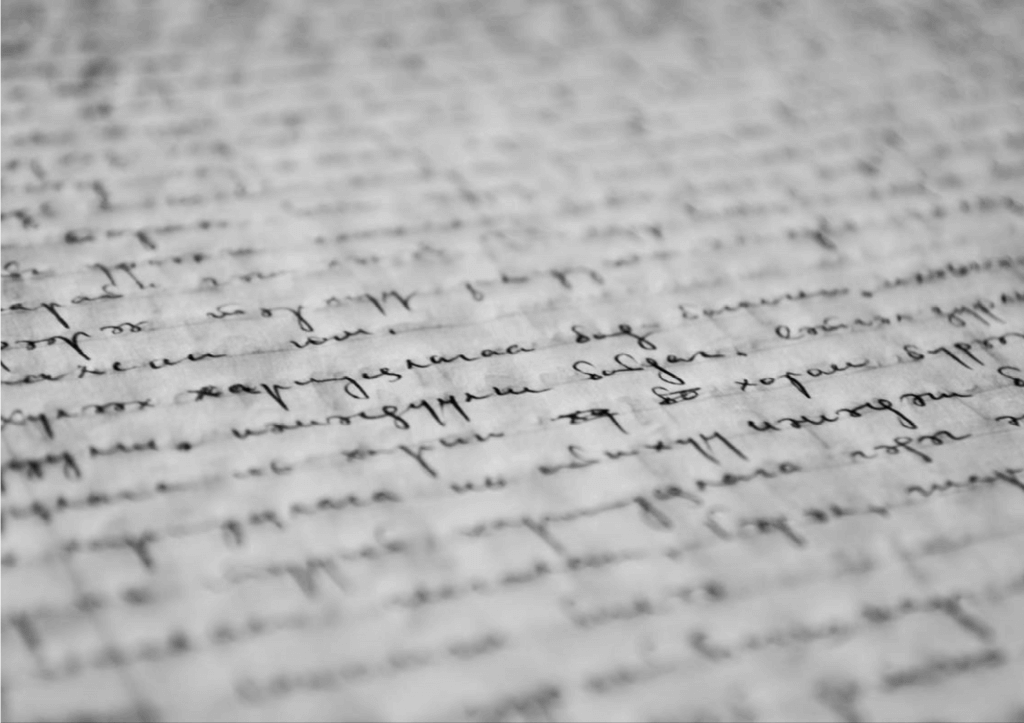National Handwriting Day
National Handwriting Day is observed next on Friday, January 23rd, 2026 (119 days from today).

Have you ever wondered if you can write well? Have you envied your friend's handwriting? Practicing your handwriting is now more important than ever, especially in a world where it is rarely used as a form of communication. With the computer keyboard being the new method of writing, we often forget the good old paper writing method. This day encourages you to put pen to paper and show off your skills!
There's no official reason to celebrate National Handwriting Day, but it's there so people can appreciate the art of handwriting. Having the chance to be your personal, and having a day when you can sit back and appreciate the art of handwriting is what this day is all about. In the computer and electronic generation, it is important not to forget the importance of handwriting and how much we will rely on this form of communication if technology stops working!
Whether you are an adult or a child, this day gives you a chance to practice your handwriting skills and you can even have a contest between people you know who has good handwriting. Best. It sounds a bit crazy, but you never know how much fun it can be until you give it a try!
History of National Handwriting Day
National Handwriting Day was invented in 1977 when educators began to feel that the art of handwriting was slowly disappearing as a skill. The Writing Instrument Manufacturers Association (WIMA) decided to do something about this, and that's how Handwriting Day was born. While not everyone celebrates this day, the day is becoming more prominent and more involved than ever before.
Since 3400BC, the art of handwriting was invented in Mesopotamia, where they would write cuneiform on a clay tablet. From there, the art of writing spread to Egypt, Rome, and then Europe. As handwriting spread across Europe, good writing skills became a sign of status, as the royal families were the only ones taught to write properly. In the 1700s, the world's first handwriting and writing schools were established to train scribes.
Benefits of Handwriting versus Typing
1. Development of fine motor skills: Handwriting exercises are a complex cognitive process involving neurosensory experiences and fine motor skills. By feeling the writing surface, holding the writing instrument, and orienting the movement correctly with your mind, you give your brain a full workout! In contrast, typing is a simple movement and based on memory. Make the main moves just one move over and over.
2. Helps with cognitive development: Research shows that children who practice handwriting have higher levels of literacy and cognitive development. This may be because as children learn to quickly translate mental images of letters into physical form, they begin to understand how letters form sentences and meanings.
3. Increase Reading Comprehension: Strong writing skills also help improve reading comprehension.
4. Retain knowledge: Writing notes by hand helps you retain more knowledge than typing.
5. Increase creativity: Writing and drawing by hand increases creativity because we are forced to slow down, look at the big picture and come up with creative ideas.
6. Improve spelling: Writing words by hand instead of relying on a digital device's spell check helps to learn and remember.
7. Fight dyslexia: Studies show that learning cursive helps people with dyslexia make a stronger connection for learning and memory.
8. Calms nerves: According to Dr. Marc Seifer, a handwriting and writing expert, writing a gentle sentence like “I will be more peaceful” at least 20 times a day can help a person calm down.
Some facts about Handwriting Styles
There are many types of handwriting, however, there are three main types: cursive, print, and D'Nealian. Typeface is standard workmanship, while cursive is a fancier signature style font. D'Nealian handwriting is a popular way to teach cursive. If you remember to write each of your letters on a large sheet of paper, you've also been practicing D'Nealian writing!
For "quality" handwriting, the researchers say, there are twelve distinct characteristics to follow. These attributes of handwriting are line quality, spacing, size consistency, pen lift, and stroke, and complete letter, cursive versus print, pen pressure, oblique, baseline, embellishment and position. Many people do not follow these guidelines strictly, but they are used in the study of handwriting!
While your handwriting may look better with your dominant hand, you can learn to perfect your non-dominant hand by forcing yourself to write with your dominant hand. Scientists say there is no way to determine if a person is left- or right-handed by their handwriting. Instead, handwriting is often determined by some physical factor. These may include skeletal structure in the hands, eye coordination, muscle memory, and mental abilities. No, bad handwriting is not genetic! However, certain genes can determine how well you will write.
Handwriting is becoming less and less important these days than it used to be. No longer seen as a status symbol, handwriting has lost its appeal. With the digital age and technology all around us, many people choose to type on a keyboard rather than write by hand.
How to Celebrate Handwriting Day
There are several things you can do to celebrate National Handwriting Day. One of the first things you can do is think of all the important documents in the world being handwritten. For example, you might think about the Declaration of Independence, poems, Bill of Rights, wedding vows, and so on.
You can also look at other people's handwriting on this day. If you think about it, handwriting is as unique to a person as a fingerprint, so you can look at some handwriting samples of people you know and try to figure out which handwriting belongs to whom. .
Learning to write by hand is the norm, it's actually a career path! People who study handwriting are called literati. Graphologists study handwriting to determine the accuracy of historical documents, or to assess personality or mental traits. While many people argue that this is not true science, others argue that we can learn a lot about someone from their writing.
Another thing you can do is review your own handwriting. Some people think theirs is too sloppy or too messy, so it can take time to improve your handwriting. Or, you can even go a little further and help teach someone to write. Not everyone has access to the same education you may have had or their parents taught them to write, so you can fill this gap in their lives. Consider how muscle memory, hand structure or eye coordination can affect your handwriting! All of this can affect your handwriting skills!
You can even learn about all the different fonts you can learn to write with. Take a break from the computer and try your hand at trying out different styles of writing. For example, you can try bubble lettering, draw 3D letters, or try drawing antique letters.
Hopefully, after reading this article, you have learned more about National Handwriting Day, how it originated, and ways you can celebrate it. Moreover, celebrating the day by studying other handwriting or getting creative with new fonts of your own!
Observed
National Handwriting Day has been observed annually on January 23rd.Dates
Tuesday, January 23rd, 2024
Thursday, January 23rd, 2025
Friday, January 23rd, 2026
Saturday, January 23rd, 2027
Sunday, January 23rd, 2028


